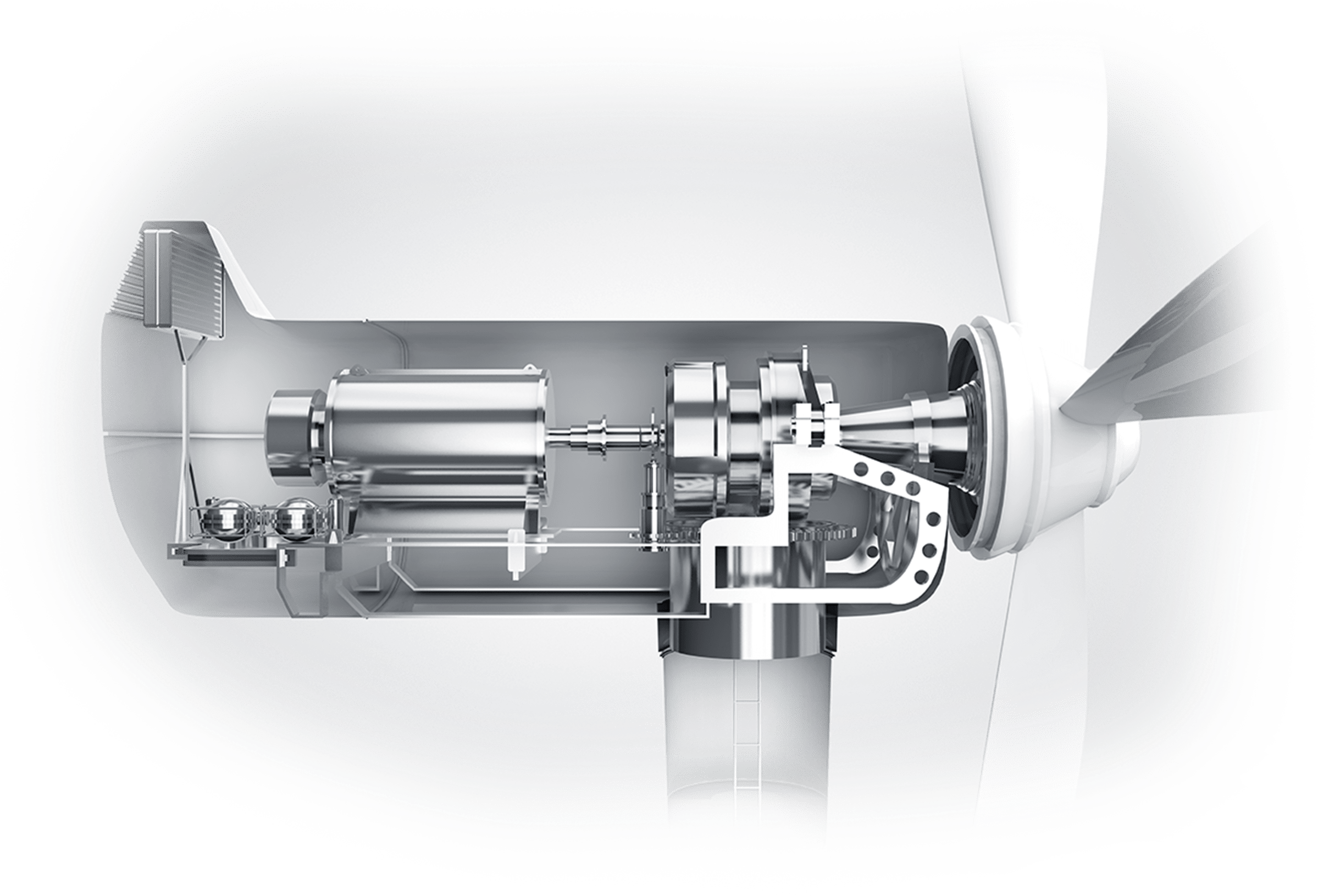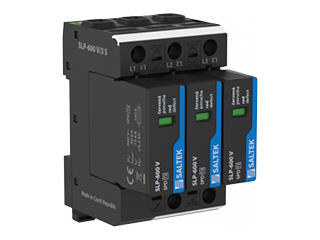One of the main trends at the area of renewable energies are the wind turbines. For an optimal functionality they need to be installed at elevated points in the landscape and have a rotor of sufficient dimensions, mounted at appropriate level above the ground. This, however, increases the risk of direct lightning strike in such a building object, followed with damages to the electrical and electronic technology components caused by overvoltage impulses. Further risks may be linked with the electrostatic discharges caused by airflow and by rotating parts of the turbine. In order to ensure a safe and reliable operation of the wind turbine it is necessary to protect its main functional components, in particular:
- the generator and frequency converter – in this case the most often used SPDs are products from the SLP series, with higher operation voltage (such as the SLP-600). Special attention is to be paid to overvoltage protection in case the generator and the frequency converters are installed separately (the generator in the nacelle, frequency converter in the turbine tower base);
- control unit – it is suitable to choose the adequate SPDs from the BD/BDM/BDG or DL series (in case the control unit communicates with remote elements via Ethernet), depending on the I/O interfaces of the control unit;
- supporting units (meteorological station and the like) require to be fitted with SPDs according to their mechanical design and the interfaces used. Most often the SPDs are chosen from the BD/BDM/BDG series (for signal lines ir the RS-485 data lines), or the DL series for Ethernet communication;
- connection to the public power distribution network – the power output from the wind turbine must not become the entry point for overvoltage impulses into the public power distribution mains. Therefore they must be equipped with SPDs. Preferably the combined SPDs of type 1+2 FLP-B+C MAXI may be used for this application case.






